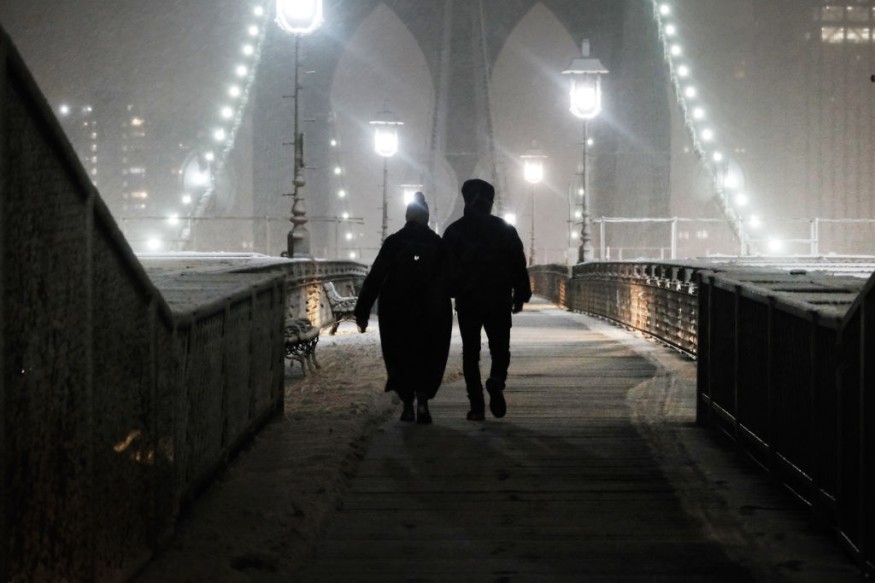A winter storm will bring heavy snow in the form of "heavy lake enhanced" and "lake effect snow" across the Great Lakes region through the weekend, according to the National Weather Service (NWS). The weather forecast warns of a looming threat of hazardous travel and rapidly changing road conditions. During this period, road traffic movement, public transport, and air travel could be disrupted.
Meanwhile, the NWS weather forecast shows that scattered severe thunderstorms are likely to continue across Texas, as well as into parts of southern Arkansas, Louisiana, and the central Gulf Coast by Friday, March 17. The severe storms could unleash isolated tornadoes, large hail, and heavy rain with flooding, as seen in previous related events.
The official start of the meteorological spring will start in a few days. However, weather systems linked to the 2022-2023 winter season are still recurring. Over the past week, heavy snow bombarded high-altitude areas in California, leaving some residents trapped in their homes. In recent days, a nor'easter storm was on track towards the New England and Northeast regions, disrupting over 1,000 flights.
US Winter Storm

Heavy snow is anticipated over parts of the Upper Midwest and into the Upper Peninsula of Michigan throughout the first half of the weekend, according to the NWS and its Weather Prediction Center (WPC) department.
Heavy snowfall from lake effect snow could affect the said regions in the coming days, the WPC estimates snowfall totals of 1 to 2 feet is possible.
Moreover, strong to severe thunderstorms and torrential rain are expected until Friday across parts of the Southern Plains and Lower Mississippi Valley.
Lake Effect Snow
Lake effect snow forms when cold air with below-freezing temperature passes over a lake's warmer waters. The air's passage causes some lake water to evaporate and warm the air. After the moist air moves aware from the body of water and cools down, the air releases its moisture onto the ground, where the precipitation can become snow, according to the National Oceanic and Atmospheric Administration (NOAA).
The NOAA emphasizes if the amount and intensity of winds and temperatures are right, the air acts like a giant sponge that absorbs water from the lake and dumps it on land. In this case, the wind direction or angle it is blowing is important; since if it covers more of the lake, the lake will absorb more water. The greater the temperature difference, the larger amount of water it can absorb.
Intensifying Factors
The organization Sea Grant Michigan stated large urban areas situated along the shores of the great lakes could sometimes contribute in the development or intensification of downwind, lake effect snowstorms. This is made possible due to the additional heat and ice-forming particles cities and other metropolitan areas provide.
For instance, even small cities are warmer than their surrounding environment, making air passing over urban areas to gain additional warmth, which serves as a supplement to the heat acquired by the system from the lakes. This can make lake effect snowstorms stronger, according to the organization.
In addition, ice-forming nuclei and natural iodine from automobile exhaust can serve as intensifying factors for lake effect snow events.
© 2025 NatureWorldNews.com All rights reserved. Do not reproduce without permission.





